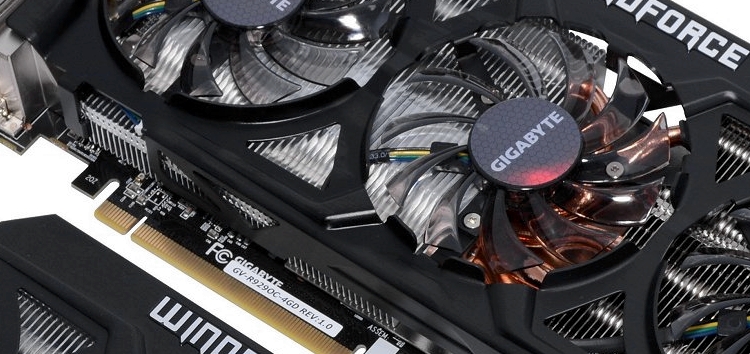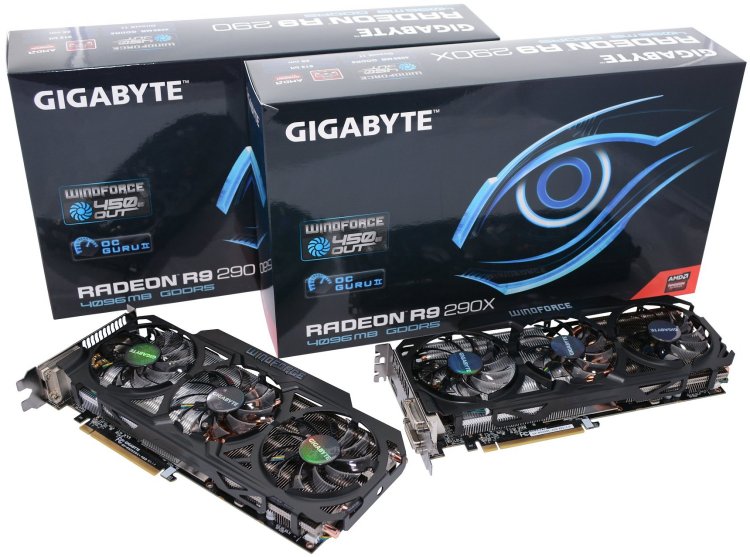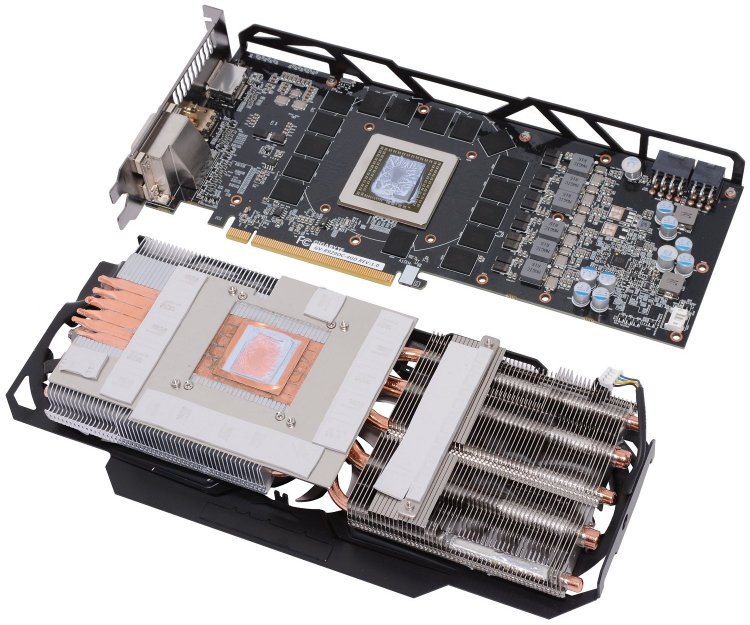AMD's Radeon R9 290 and 290X made a strong case against Nvidia's GTX 780 and Titan late last year, but that position has since weakened with unexpectedly high prices and limited options from board partners. Both issues reportedly stem from a shortage of the Hawaii GPU, and that's at least partly because of how popular the R9 290 series is for Litecoin mining.
Like many enthusiasts, we were mostly impressed by the R9 290 because its $400 MSRP was almost 30% cheaper than the R9 290X while only being 5% slower. In reality, if you can find a R9 290 it costs at least $500, while most are fetching closer to $550 – 40% more than we were lead to believe they would cost. Unfortunately, the story is similar for AMD's Titan killer.
The R9 290X's $550 MSRP didn't seem crazy compared to Nvidia's $1,000 single-GPU flagship given that both delivered similar performance, but the R9 290X currently costs a minimum of $630 and most are around $700. However, Nvidia's GTX 780 is available for $500 – in fact, Gigabyte's WindForce version goes for that price – and the GTX 780 Ti is set at $700ish.
Those numbers are hard enough to deal with as is, but the Radeons are even less tempting when you realize their prices don't include aftermarket cooling. The R9 290 hit 95 degrees during our stress test and although we cut that to 76 degrees with a cooler from a custom 280X, the Hawaii shortage has prevented us from getting a board partner package until now.
We've finally received some production cards from Gigabyte that are more impressive than the sample Radeons we saw a few months ago. As a bonus, since Gigabyte's GeForce equivalents are already available, it should be easy to compare AMD and Nvidia offerings in terms of third-party performance and retail pricing instead of a reference model and its pre-launch MSRP.
The Cards
Before we do that, let's take a second look at the R9 290 and R9 290X. AMD's reference designs for both were virtually identical with each spanning 27.5cm (10.8in) long using the same cooler that vented hot air out of the back of a case. Gigabyte has slightly shortened the PCB by 1cm (0.3in) but with the WindForce cooler the card is actually slightly longer at 28cm (11.0in).
However, the cards obviously have the same core configurations with the R9 290X boasting 2816 SPUs, 176 TAUs and 64 ROPs, and the R9 290 packing 2560 SPUs, 160 TAUs – 9% fewer than the 290X – and 64 ROPs.
The same 4GB GDDR5 frame buffer exists as standard on both cards, while the memory is clocked at 5GHz. The memory frequency has been unchanged from AMD's specification, leaving the memory bandwidth for both cards at 320GB/s thanks to thier 512-bit wide memory bus.
By default, the core clock speed of the R9 290X is 1000MHz while the R9 290 is 947MHz, though both can be throttled down if heat becomes an issue and apparently it does in warmer climates. Gigabyte has done a little tinkering here by increasing the core clock of both their cards to 1040MHz. That's a mere 4% factory overclock for the R9 290X and 10% for the R9 290.
The Gigabyte R9 290X OC and R9 290 OC maintain their overclocked frequencies via the WindForce 3X's trio of 75mm fans as well as Gigabyte's exclusive "Triangle Cool" technology, which uses a series of fins and triangular clip modules to better direct airflow over the heatsink.
Two 8mm and four 6mm copper heatpipes cool the memory chips and power phase. The heatsink is wrapped in an aluminum shroud that looks nicer than the old plastic one, as well as an aluminum back plate for extra protection. We don't believe Gigabyte has made any performance claims, but we are willing to bet the WindForce is at least 10% more efficient than AMD's reference cooler.
Both cards feature the same power configuration of an 8-pin and 6-pin connector. We thought that Gigabyte might upgrade the R9 290X OC with a pair of 8-pin connectors like they did with the GTX 780 Ti OC, but this isn't the case.
The R9 290X and R9 290 both support Crossfire, though there are no bridge connectors on these cards. There is no need for a hardware strap as they use the PCI Express bus instead. The only other connectors are on the I/O panel. Our sample has a pair of dual DL-DVI connectors, an HDMI 1.4a port and a DisplayPort 1.2 socket.
The R9 290X and R9 290 both support a max resolution of 2560x1600 on up to three monitors as well as Ultra HD (also known as UHD or 4K) over both HDMI 1.4b (low refresh) and DisplayPort 1.2.






